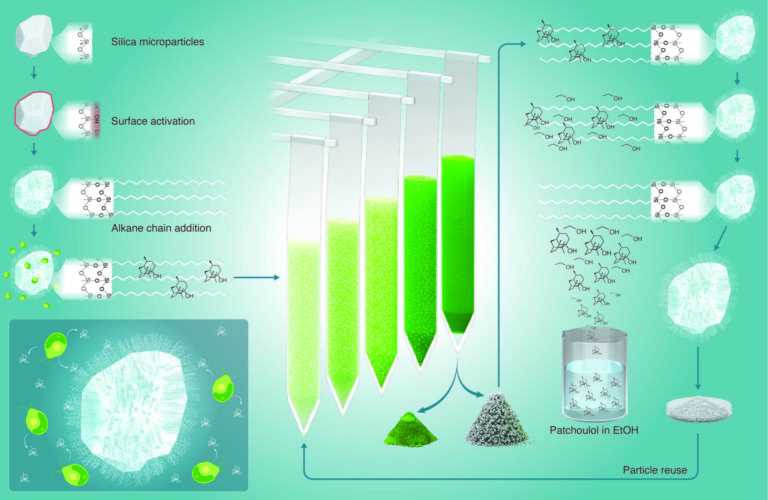
Bioengineering
High value harvests from designer algae
Circular bioprocess deploys functionalized microparticles to collect sustainably generated chemicals from microorganisms.
Page 1 of 2

Bioengineering
Circular bioprocess deploys functionalized microparticles to collect sustainably generated chemicals from microorganisms.
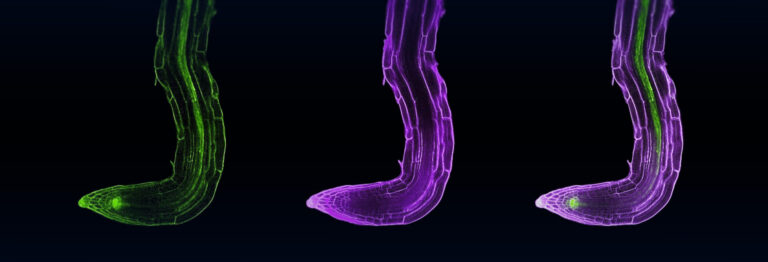
Bioscience
Uncovering the mechanism of how soil bacteria improve plant resilience to drought and salinity could be important for mitigating effects of climate change on crop production.
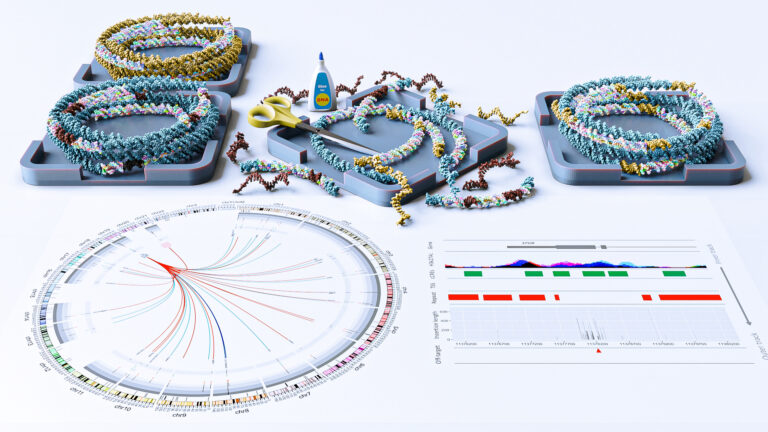
Bioengineering
Simple fixes of unintended large genetic insertions uncovered in genome editing offer improved safety and reliability.

Bioscience
As glaciers shrink, a major study reveals remarkable biodiversity across the world’s glacier-fed streams, providing a global reference for future climate-change microbiology studies on this vanishing ecosystem.
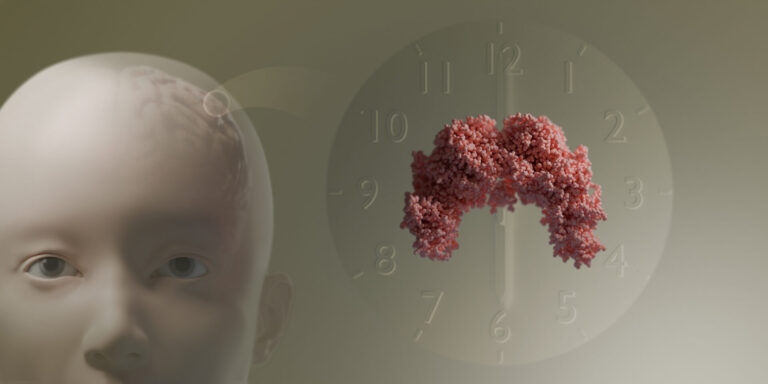
Bioscience
EZH1 steadies gene-reading machinery and adjusts DNA packaging, ensuring genes activate on time to maintain 24-hour rhythms.
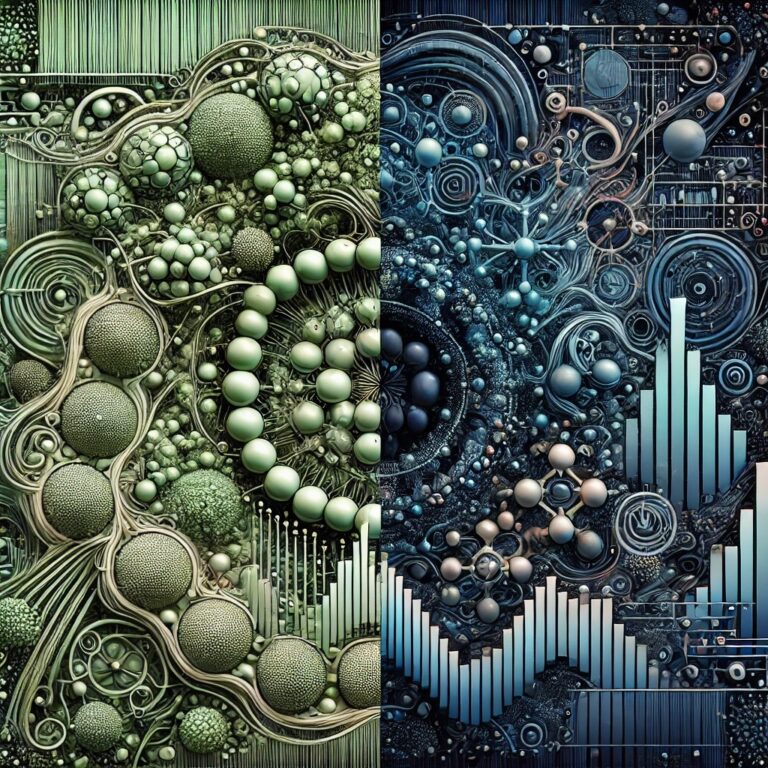
Bioscience
A much-hyped new theory that purports to provide a universal explanation of natural phenomena merely repackages existing theoretical tools.
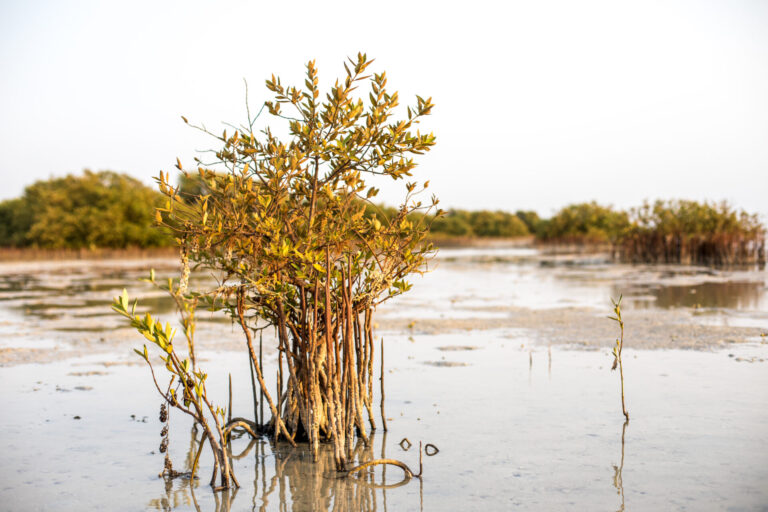
Bioscience
Mangrove soils are affected by the accumulation of plastic waste, but they may also hold a key to reduce its environmental impacts.
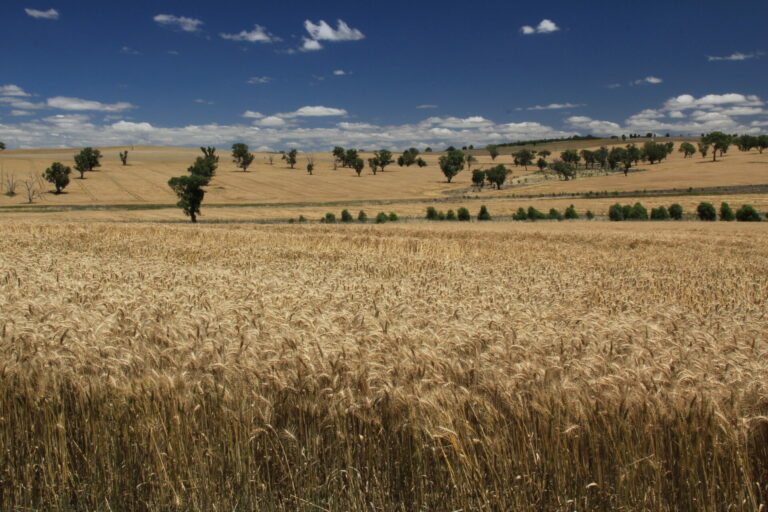
Bioscience
The complex history of the bread wheat D genome demonstrates the potential of wild relatives in crop improvement.
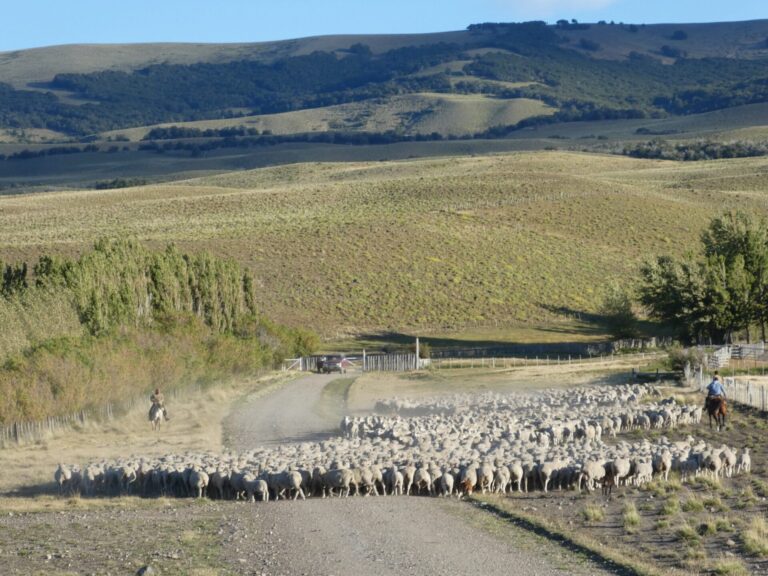
Bioscience
Drier climate and livestock grazing pressure jointly help to shape the diversity of plant traits in drylands worldwide.
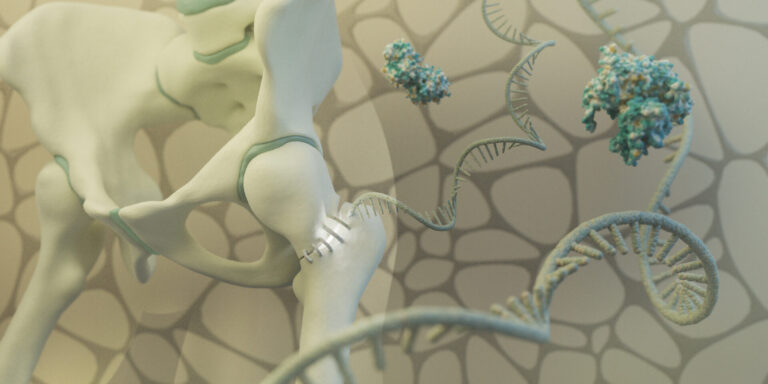
Bioengineering
Viral RNA elements induce controlled inflammation to trigger bone repair, which could be used to treat osteoporosis and other diseases.
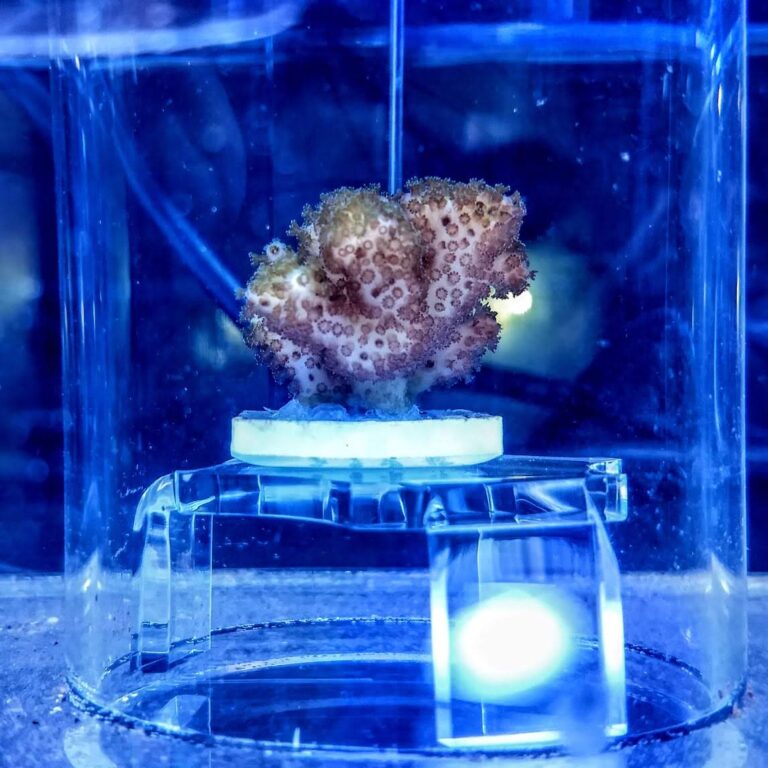
Bioscience
Beneficial bacteria localize and flourish within coral tissues, boosting resilience to heat and other stressors.
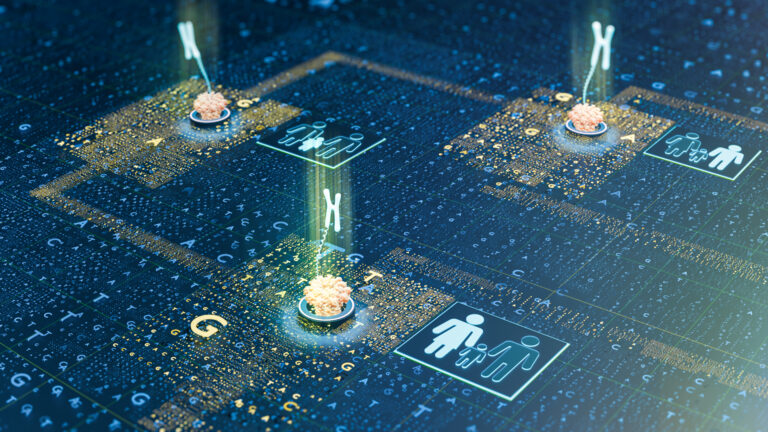
Bioengineering
An efficient long-read sequencing technique that searches for complex genomic variants provides accurate molecular diagnosis for genetic disorders within hours.
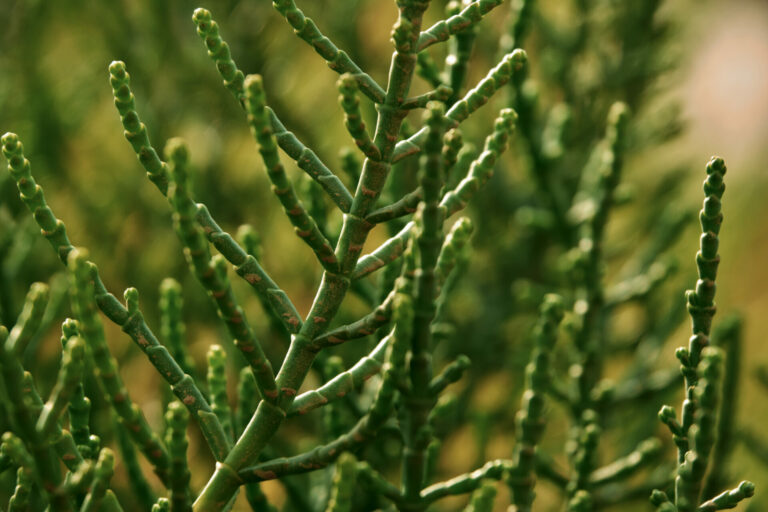
Bioscience
Improved understanding of the salt- tolerance mechanism in salt-loving plants could help progress seawater-based agriculture.
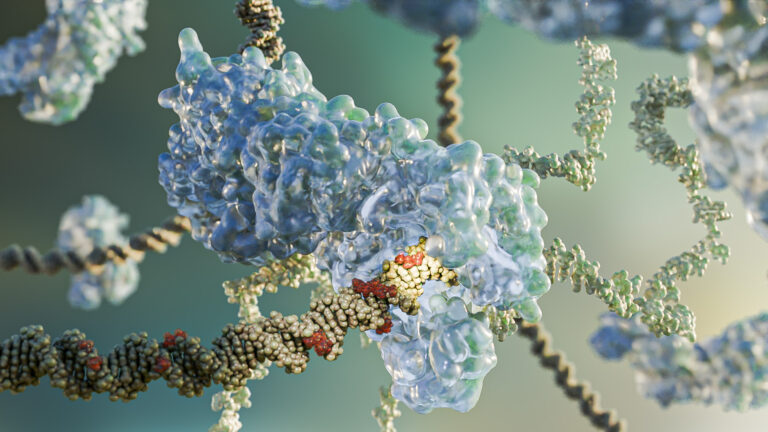
Bioengineering
Manipulating DNA repair pathway boosts the accuracy of CRISPR technology.
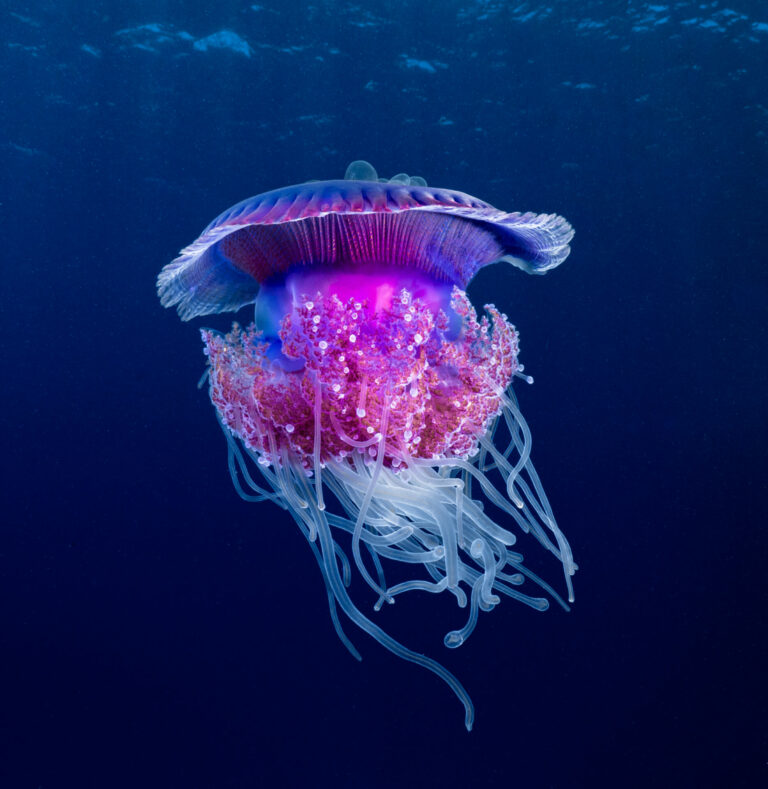
Bioscience
An open-access catalog of the global ocean genome offers novel taxonomical and functional insights and unlocks the potential of blue biotechnology
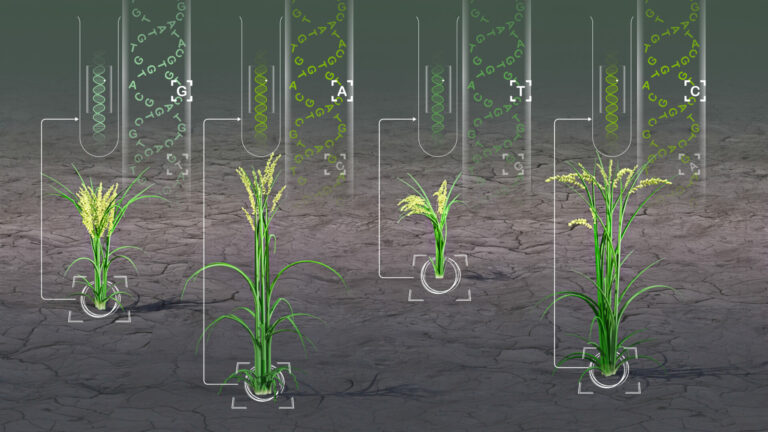
Bioengineering
Platform for identifying genetic variation in plant species could aid in crop improvement and sustainable agriculture.
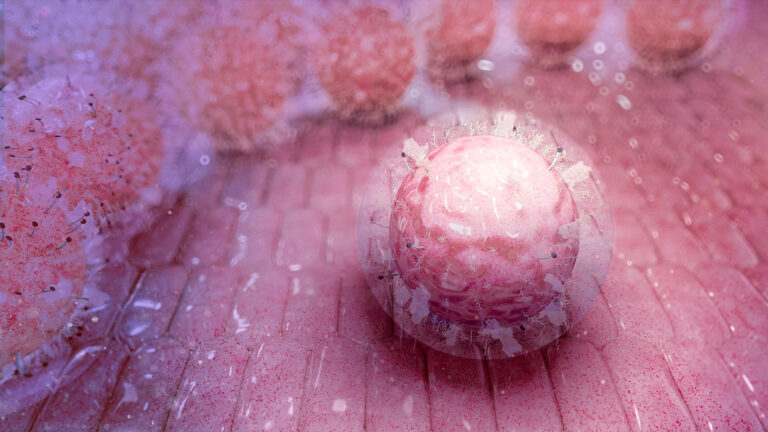
Bioengineering
Protocol boosts regenerative capabilities of stem cells previously wasted in transplant medicine.
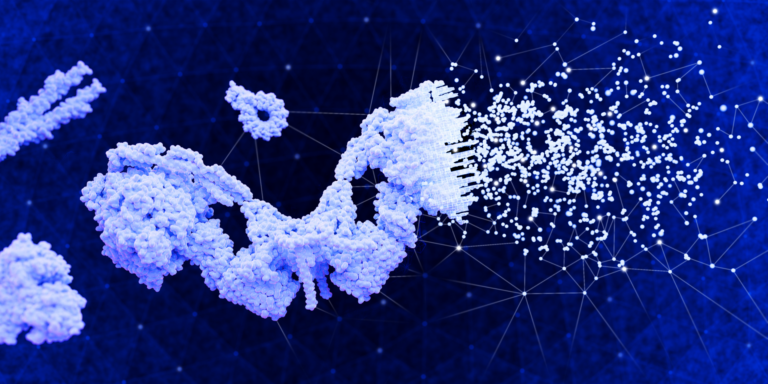
Bioengineering
Powered by logic and large language models, DeepGO-SE predicts the biological role of proteins and could be used to aid drug discovery.

Bioengineering
An integrated shuffler optimizes the privacy of personal genomic data used for machine learning.

Bioscience
Analyses of sediment cores highlight declining nutrient availability and increased trace metal pollution in the Red Sea.
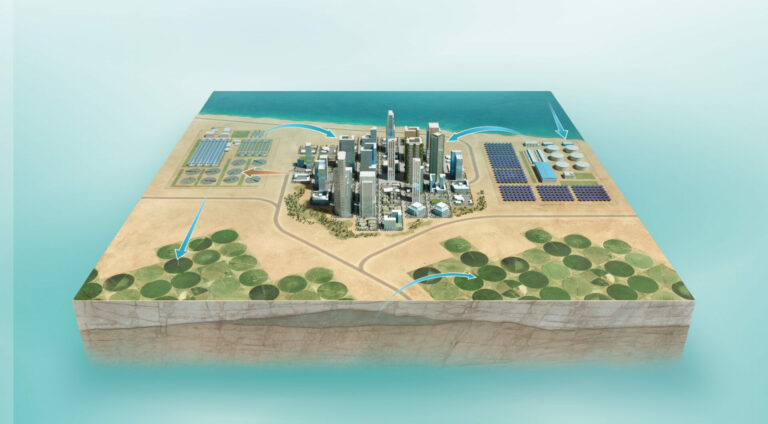
Bioengineering
Researchers propose a pathway to create sustainable greening initiatives in the Middle East using existing technologies.
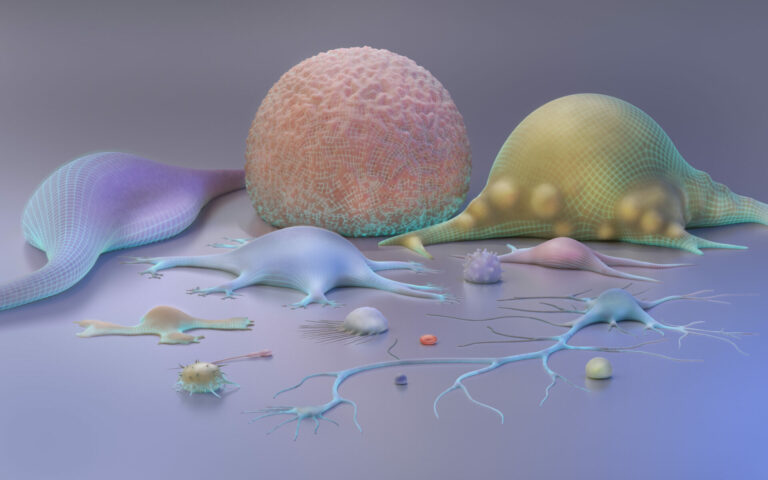
Bioengineering
Inspired by large language models that power ChatGPT, an AI algorithm offers a new way to annotate cells.
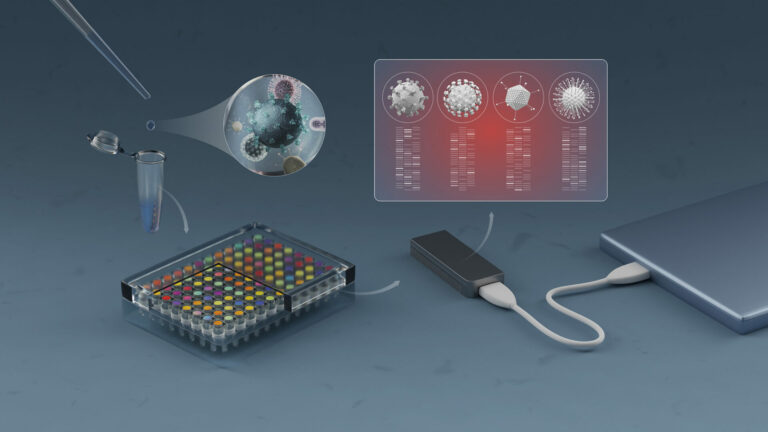
Bioengineering
An open-source, automated and cost-effective platform for COVID-19 diagnosis and analysis of genetic variants can be built from readily available materials, with big possibilities on the horizon.

Bioengineering
Better understanding of the roles of plant hormones could help to engineer advantageous traits into rice and other crops.
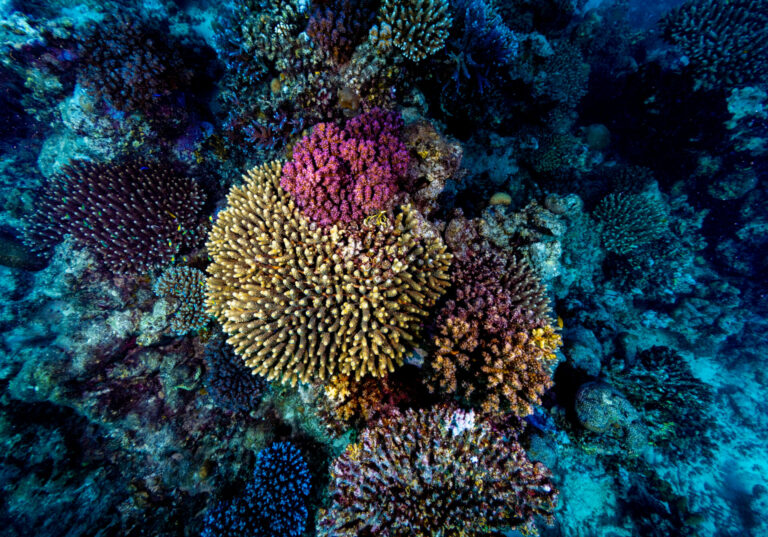
Bioscience
An emerging conservation strategy could help wildlife to become more resilient against a range of environmental threats.
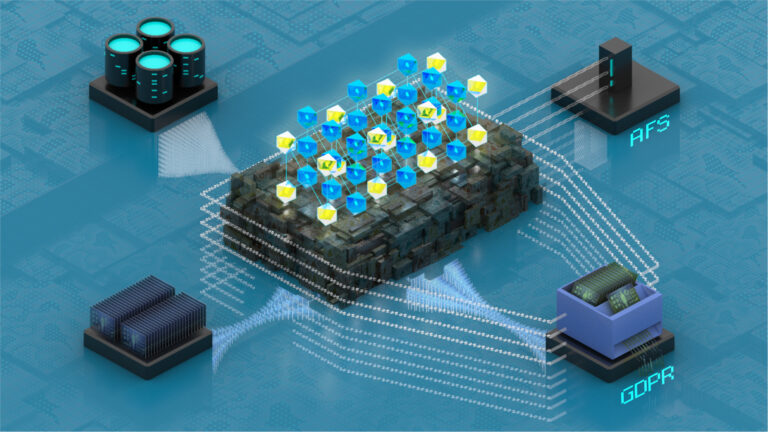
Bioengineering
An open-source software can help align artificial intelligence applications in healthcare with data privacy regulations.
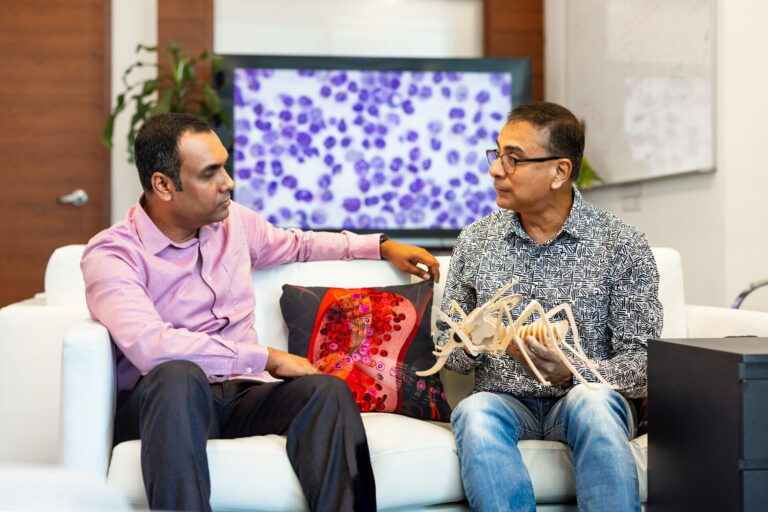
Bioscience
Uncovering PfAP2-P’s role in parasite's immune evasion and development, opening doors to innovative anti-malaria approaches.
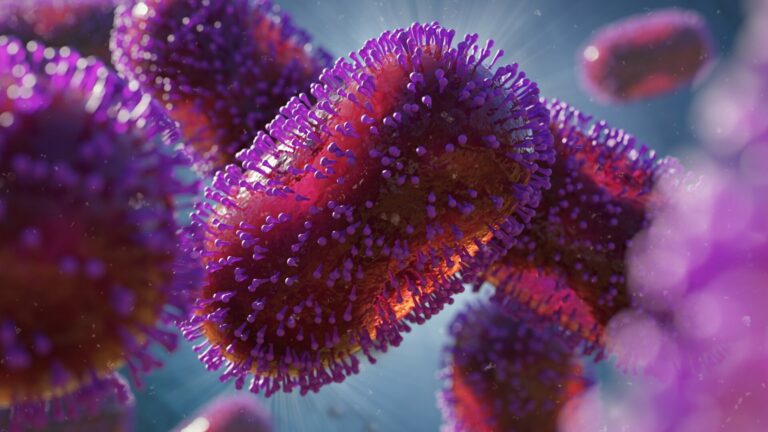
Bioengineering
Skin organoids offer a powerful platform for drug discovery in the ongoing fight against the virus formerly known as monkeypox.

Bioscience
Comparison of different nuclear magnetic resonance spectroscopy methods has helped to identify the most robust approach for studying different types of biomolecules.
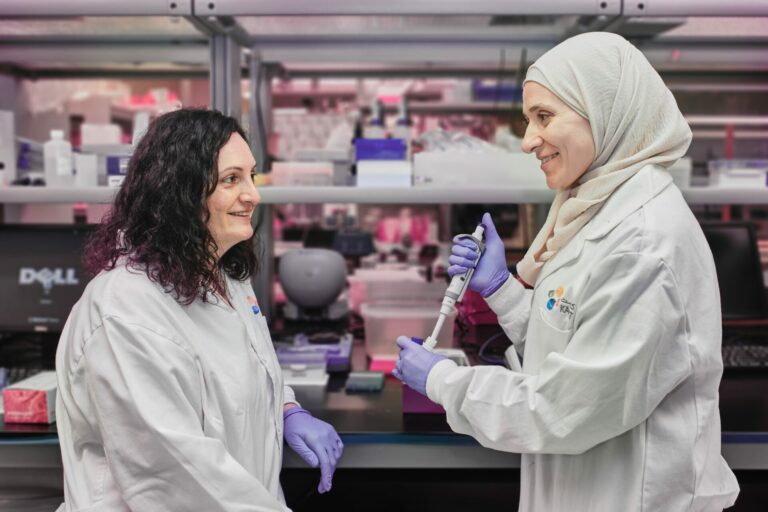
Bioengineering
An innovative AI-based tool leverages varied symptom descriptions, along with evidence from the scientific literature and genomic datasets, to pinpoint disease-associated gene variants.

Bioengineering
New research into how humans and animals use complexity to make decisions offers some tantalizing insights into the nature of intelligence.
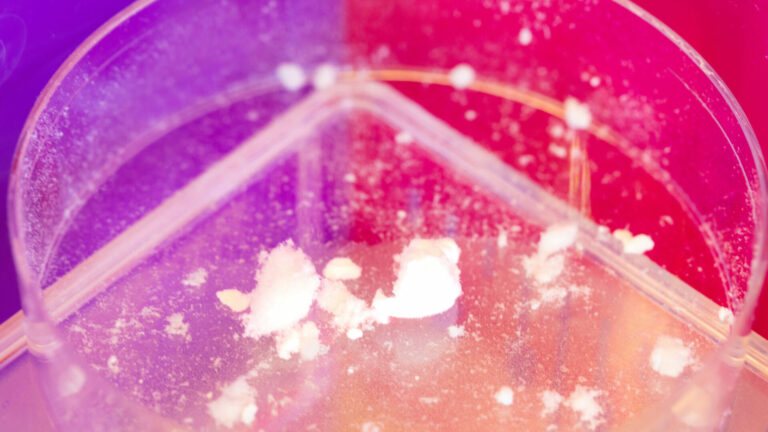
Bioengineering
Hydrogels that mimic natural environments help to reveal cellular intricacies often missed in traditional lab studies.
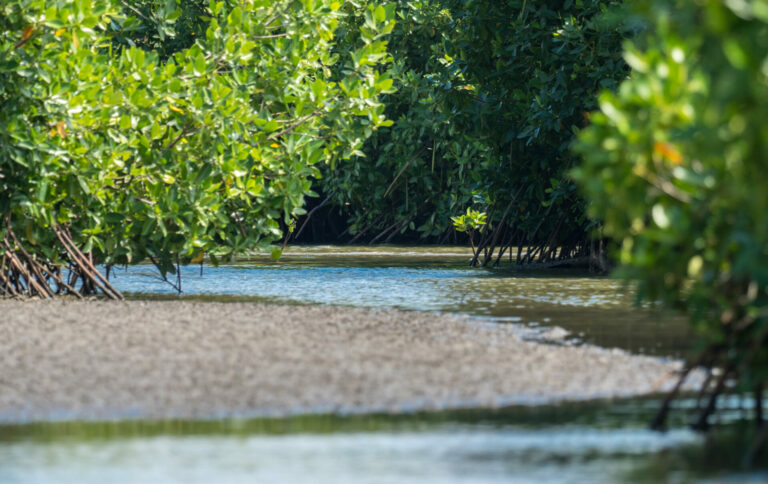
Bioscience
Marine ecosystem models should account for vast fluctuation in dissolved oxygen.
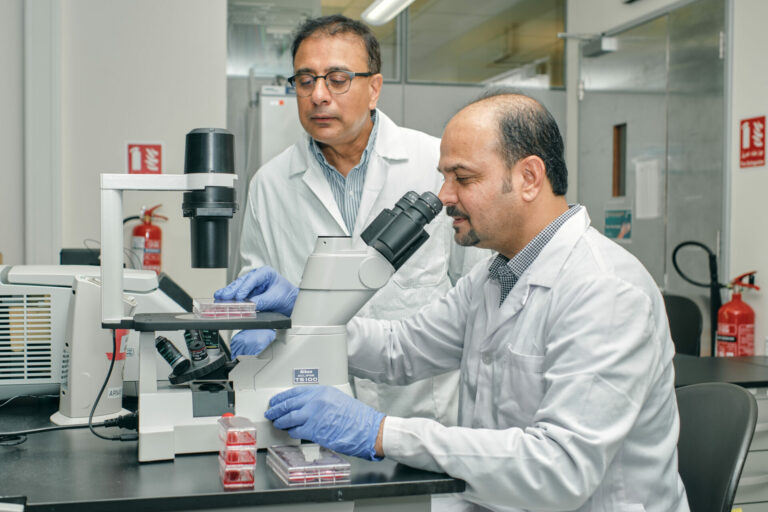
Bioscience
Mutations on a key SARS-CoV-2 viral protein are linked to extreme immune responses and could offer a novel vaccine target.
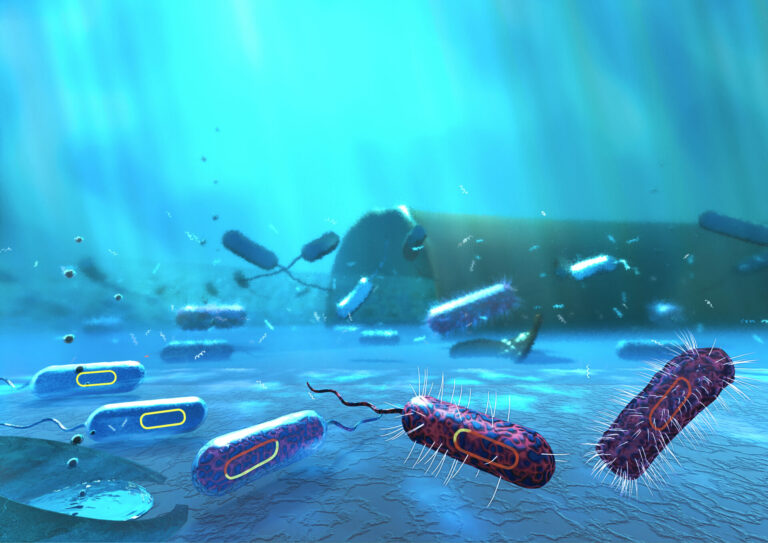
Bioengineering
A complex interplay of factors influences the spread of superbug genes during wastewater treatment and reuse.
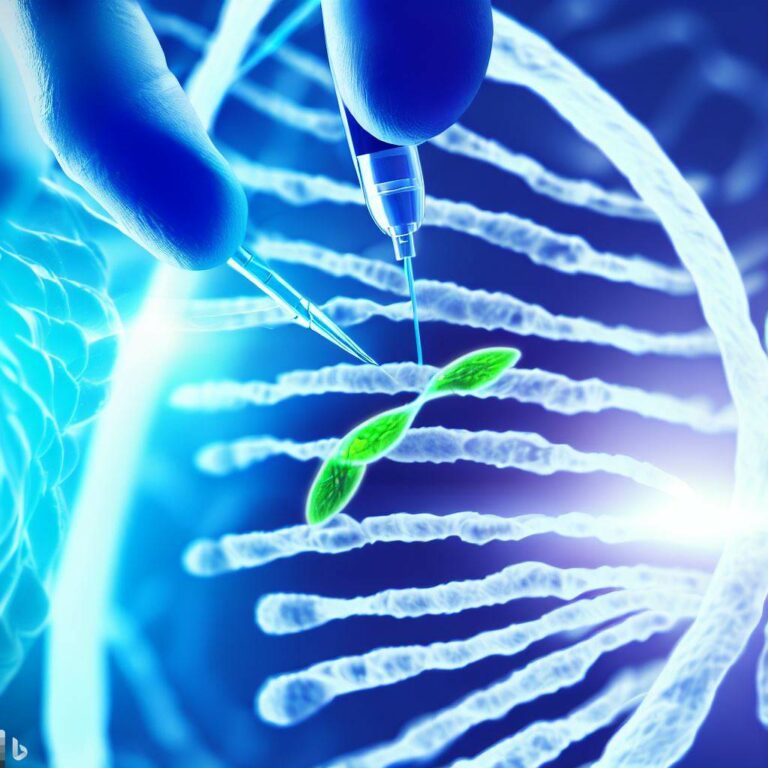
Bioengineering
PNP editing emerges as a versatile and programmable tool for site-specific DNA manipulations.
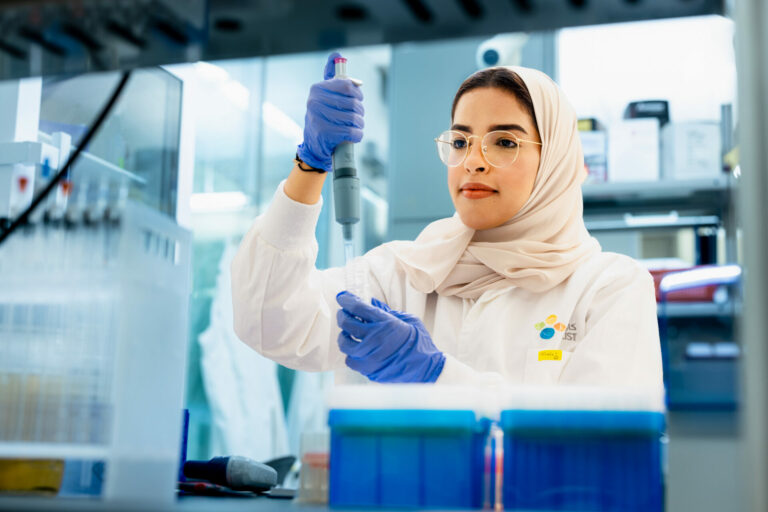
Applied Physics
Drugs that inhibit a key protein should offer new targeted cancer therapy for leukemia and breast cancer.
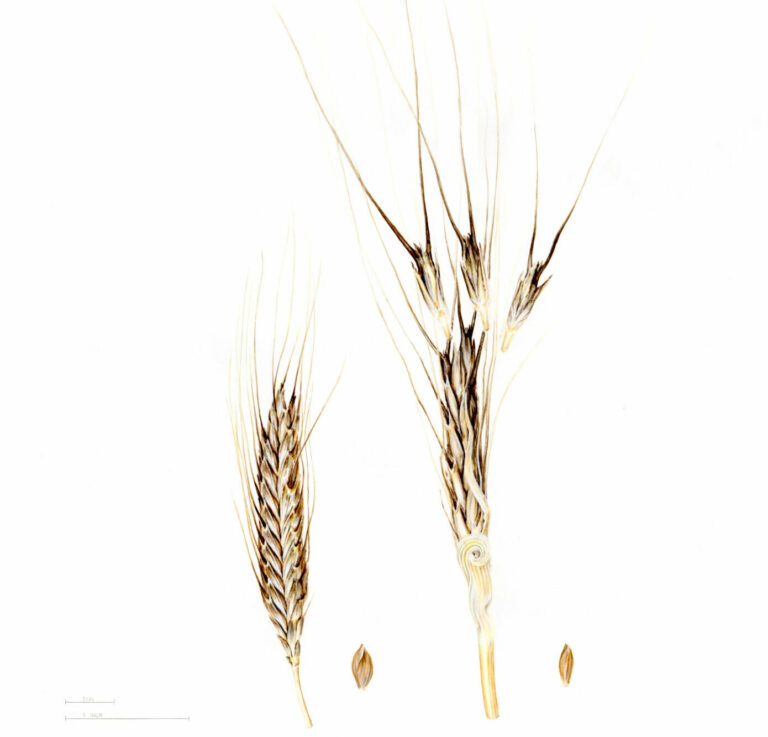
Bioscience
A first complete genome map of einkorn reveals evolutionary origins and potential for enhanced wheat breeding.
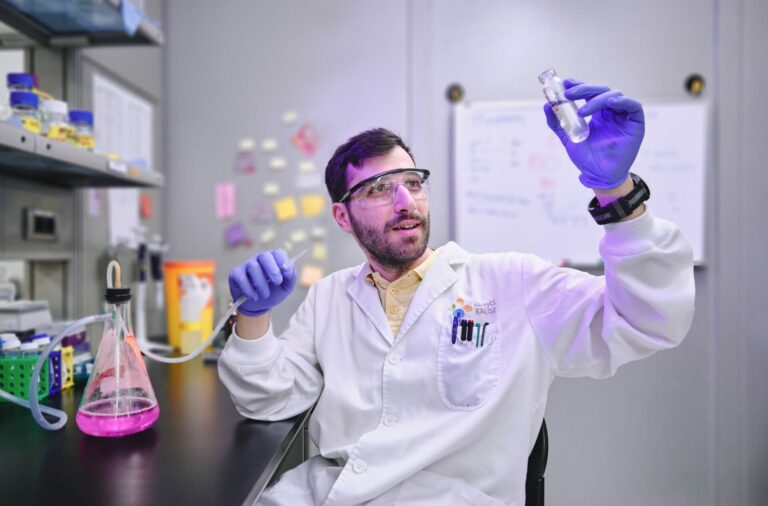
Bioengineering
Tiny packets of molecular cargo shed by cancer cells seed the foundations for metastasis at distant sites in the body.
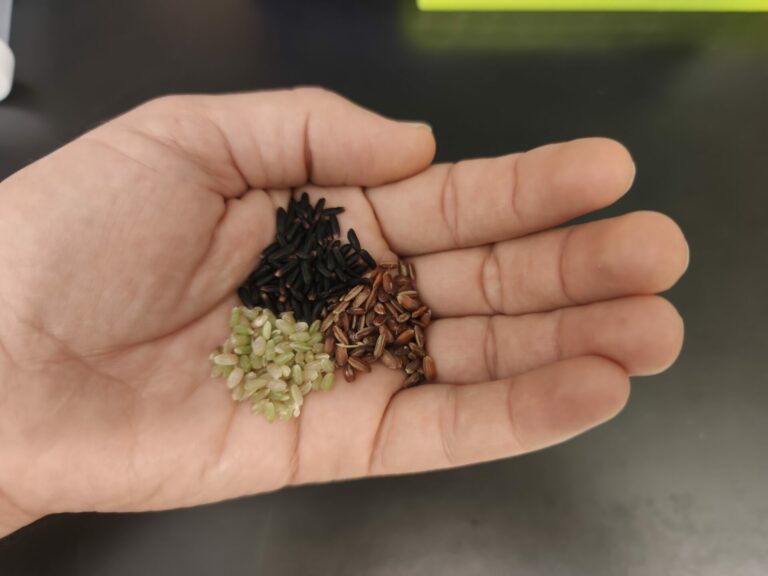
Bioengineering
Fundamental research offers opportunities for new varieties of pigmented rice and a resource to address malnutrition.
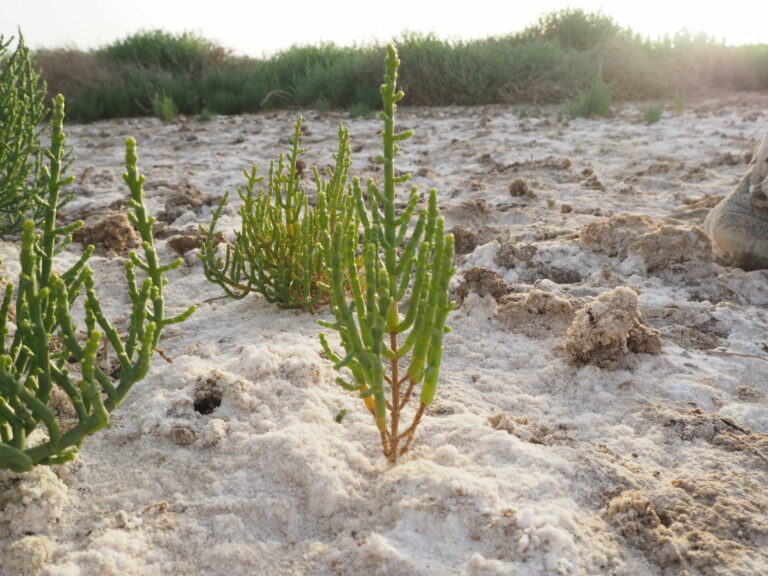
Bioscience
More effort is needed to bring salt-tolerant crops to the farmers who need them.

Bioscience
Biopharming technique yields cost-effective and environmentally friendly antimicrobial peptides.
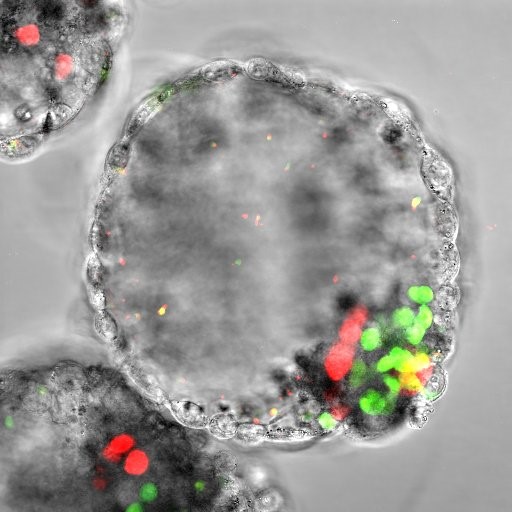
Bioscience
Pioneering single-cell sequencing technology sheds light on risk of mitochondrial genome editing and hidden mitochondrial mutations in human oocytes and synthetic embryos.

Bioscience
A newly found protein complex plays a vital role in RNA protection and stability during its journey between DNA and the cell’s protein factory.
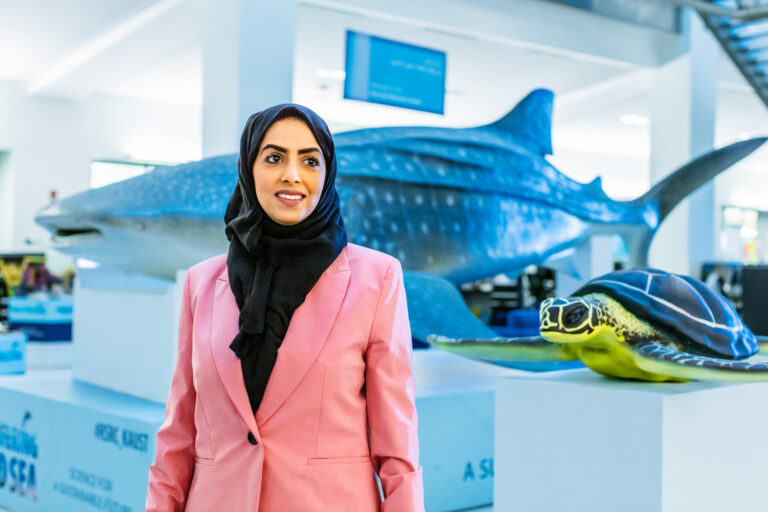
Bioscience
Evolution of lactate-mediated nerve signaling probably enabled memory systems, a comparative gene study shows.
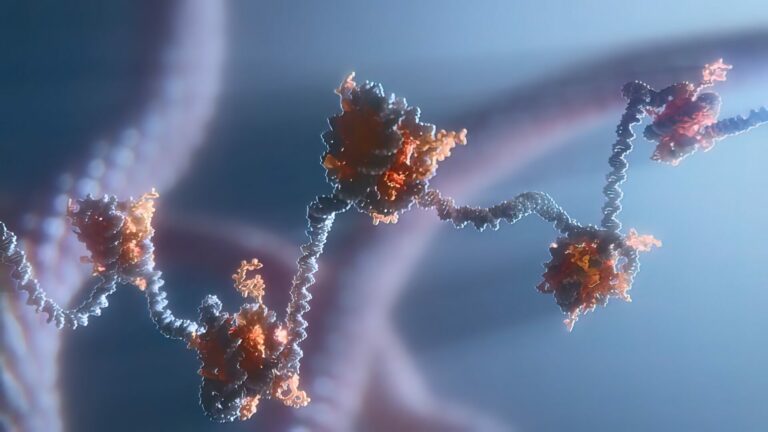
Bioscience
Structural biology study reveals dynamics of DNA ligation during genome replication.
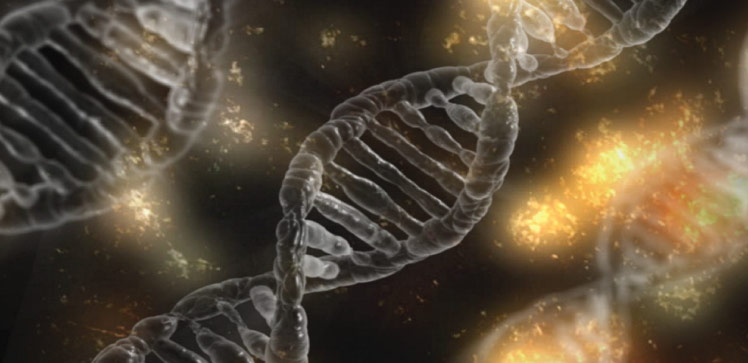
Bioscience
Textbook model of lagging-strand synthesis may be too simplistic for human DNA.
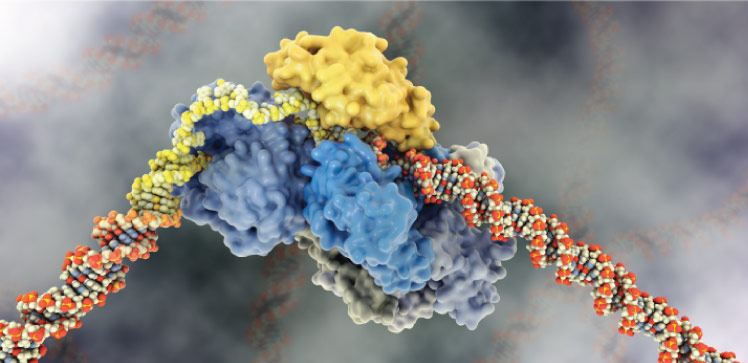
Bioscience
Better understanding of the mechanisms involved in DNA repair may pave the way for developing inhibitors to improve the effectiveness of radiation therapy.
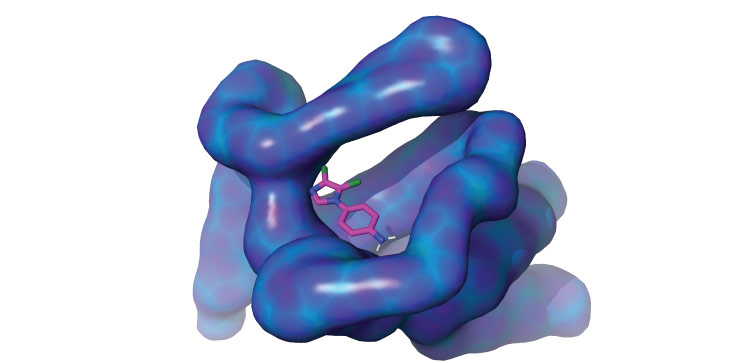
Bioscience
Studying the molecular motion of proteins reveals previously unseen binding sites that could be targeted by new drug candidate molecules.
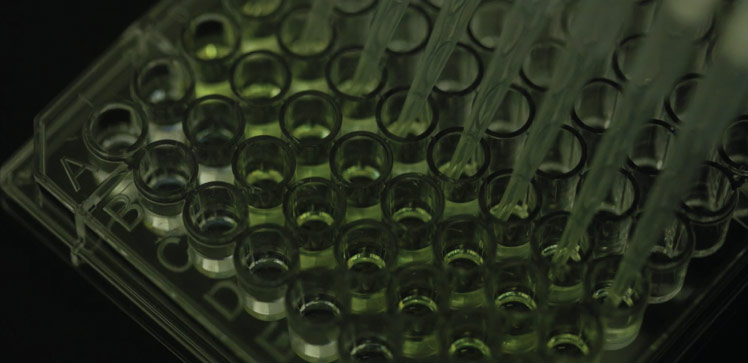
Bioscience
An enzyme from a Red Sea bacterium suppresses the formation of a slimy biofilm that helps propagate hospital-acquired infections.
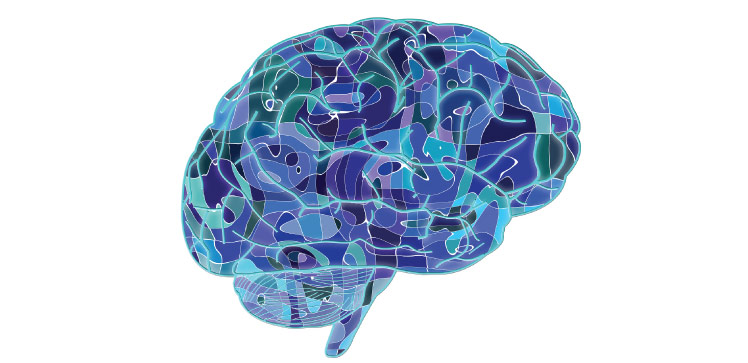
Bioscience
Revealing zinc’s interaction with a critical transport protein underscores the need to study biological pathways under physiologically relevant conditions.
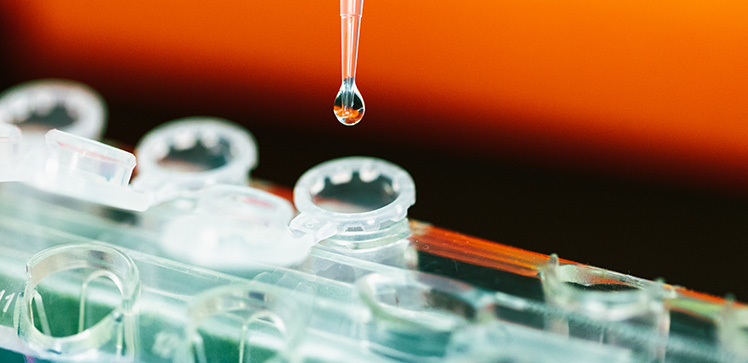
Bioscience
Elaborate interaction discovered between epigenetic regulatory protein and its activating lipid partner.
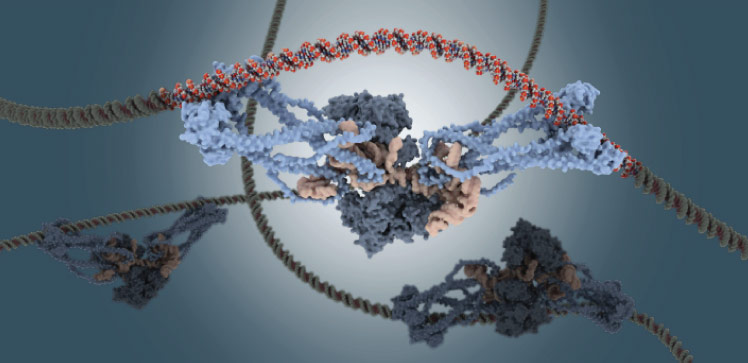
Bioscience
Blocking the overexpression of specific repeat RNA sequences could prove promising for the treatment of premature aging syndromes.
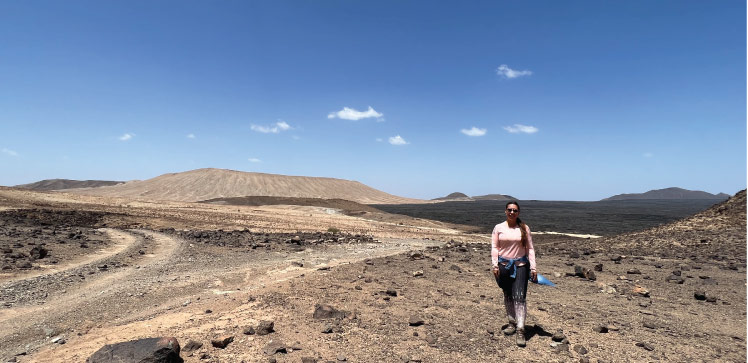
Bioscience
Heat-loving bacteria from an Antarctic volcano could help degrade and clean up oil in the world’s coldest continent and beyond.
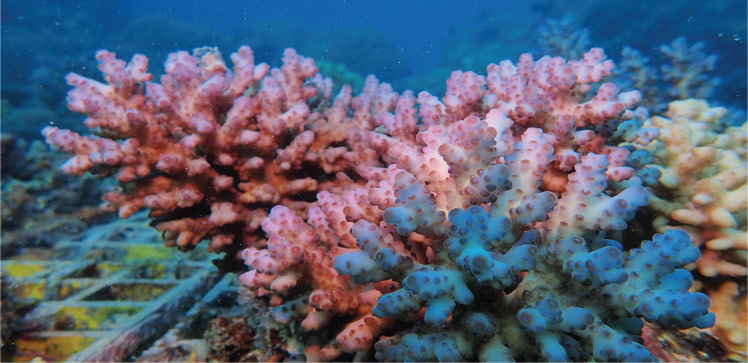
Bioscience
The generation of a high-quality genome from a coral specimen reveals an alternative pathway for cysteine biosynthesis in animals and cautions against overreliance on model organisms.
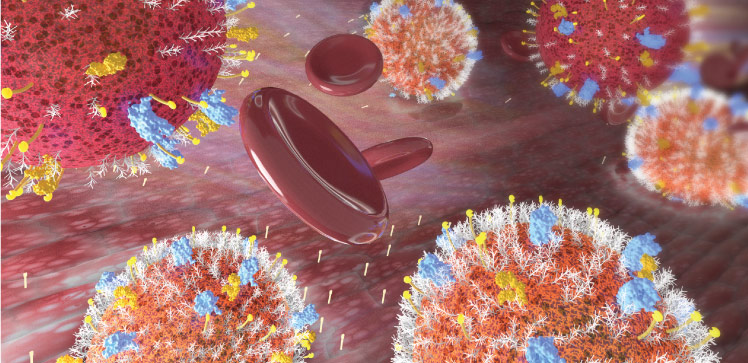
Bioscience
Enhancement of adhesion molecules improves the ability of blood-forming stem cells to take root in transplant recipients.
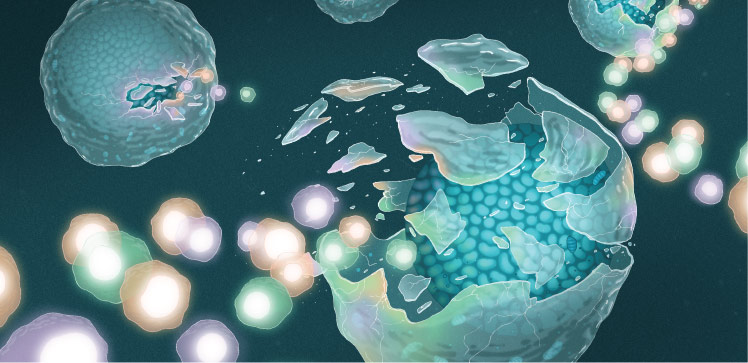
Bioscience
Deep molecular analysis of the bone marrow microenvironment reveals that the cells regulating blood stem cell maintenance are more diverse than expected and have features likely to be conserved between species.
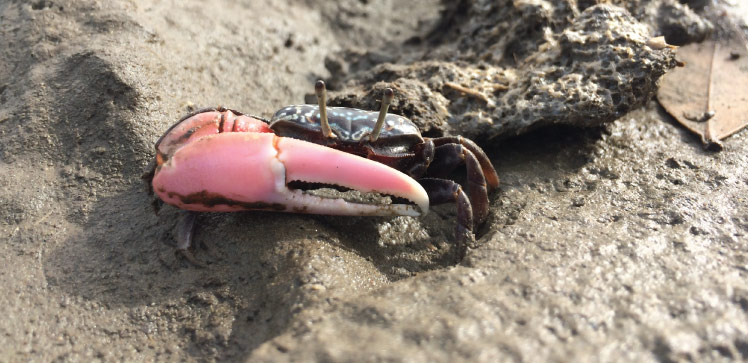
Bioscience
Fiddler crabs and other burrowing creatures could support the future of nutrient-deficient soils of dried-up mangroves.
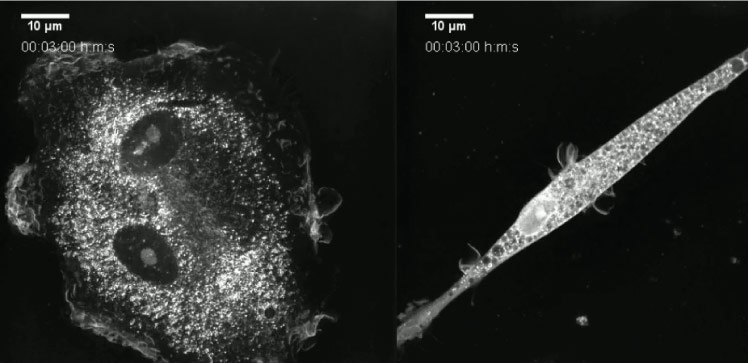
Bioscience
Abnormal protein tied to Wiskott-Aldrich syndrome found to control gene splicing.
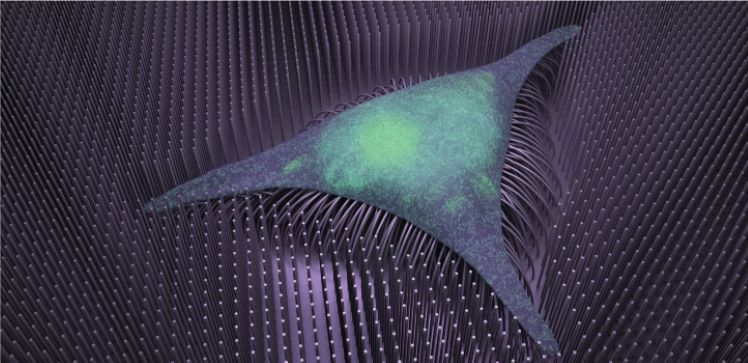
Bioscience
Nanotechnology that accelerates the transition of stem cells into bone could advance regenerative medicine.
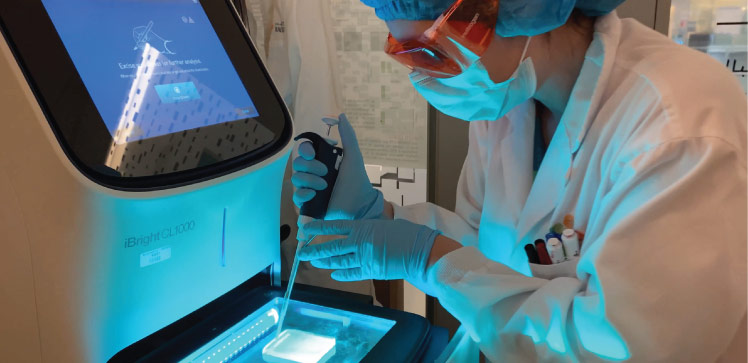
Bioscience
Stem cell analyses could reveal how extra doses of some genes lead to the characteristics seen in males born with one or more surplus X chromosomes.
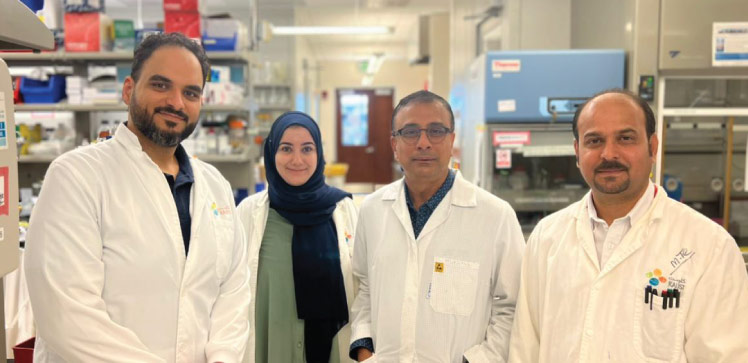
Bioscience
Insight into the function of the nucleocapsid protein could help develop drugs that reduce coronavirus impact.
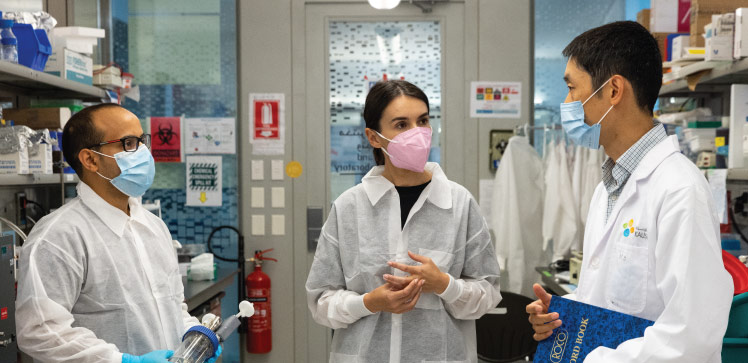
Bioscience
Cell processes and research reproducibility may be significantly impacted by changes in batch cultures as cells grow. More monitoring and improved procedures are needed.
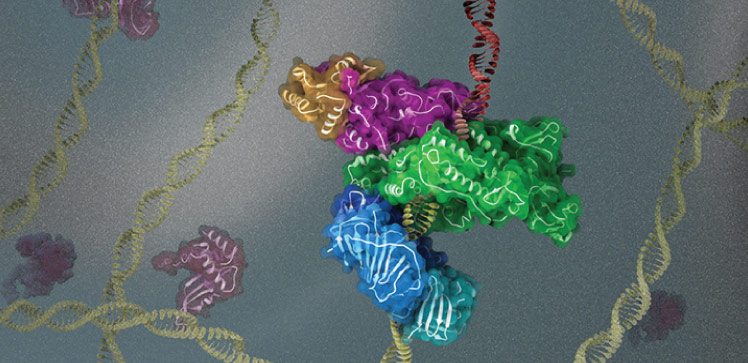
Bioscience
The three-dimensional structure of a protein complex that is key for replicating damaged DNA offers insights into its regulation.
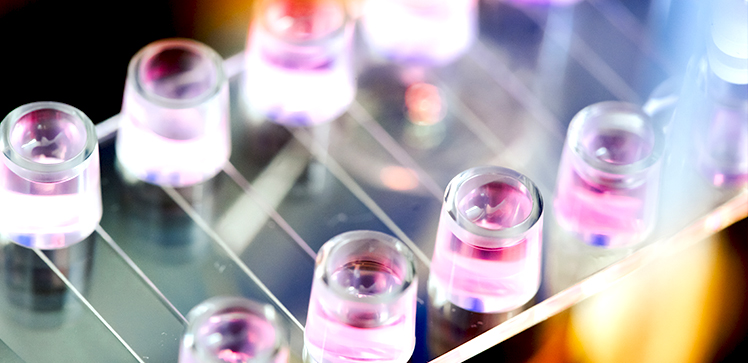
Bioscience
Molecules move within elongated protrusions to help stabilize migrating cells inside the bloodstream.
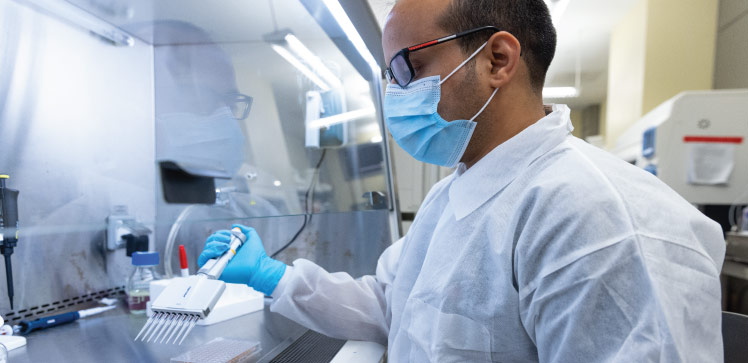
Bioscience
An in vitro cellular model that mimics the initial phase of human embryo creation could improve understanding of infertility.
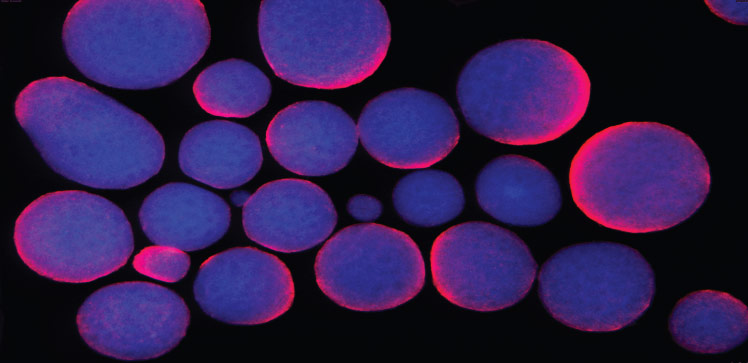
Bioscience
The biomedical research community needs to do more to ensure their findings are relevant and reproducible.
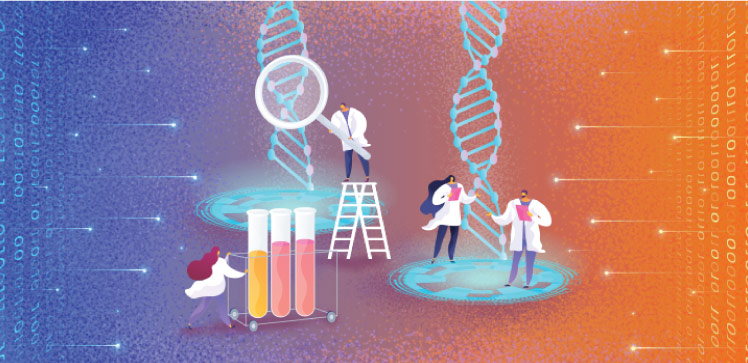
Bioscience
An approach that reduces the computational power required to analyze huge amounts of DNA data for identifying new microbes and their proteins could be used for manufacturing anything from new antibiotics to plastic-degrading enzymes.
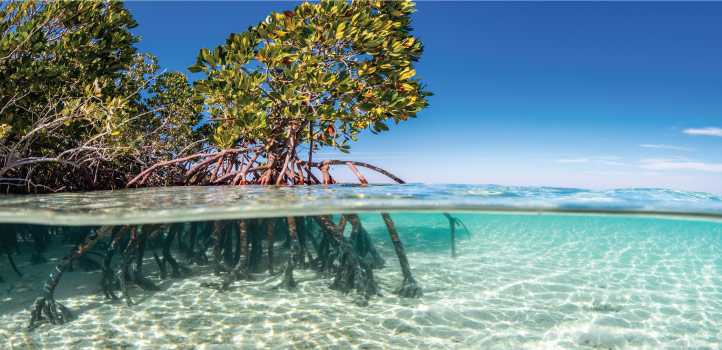
Bioscience
Honing a growth chamber cultivation technique leads to the identification of novel bacteria from Red Sea mangrove sediments.
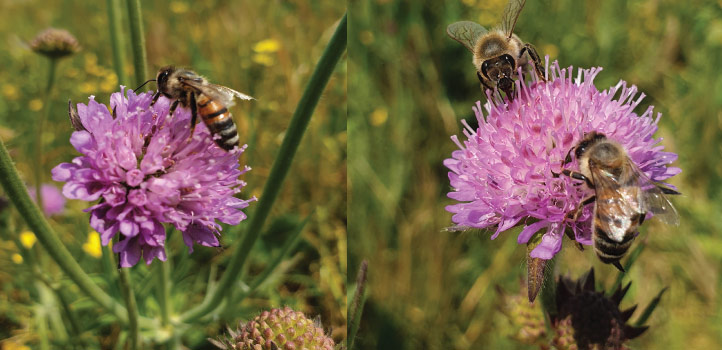
Bioscience
Honeybees bring back more than just nectar from their floral feasts and these microbes may help them survive turbulent times.
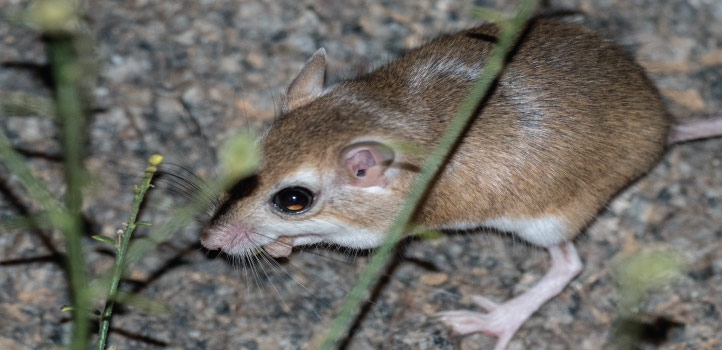
Bioscience
Detailed and extensive genome sequencing of a subspecies of rat-infecting malaria parasites should instruct human malaria research.
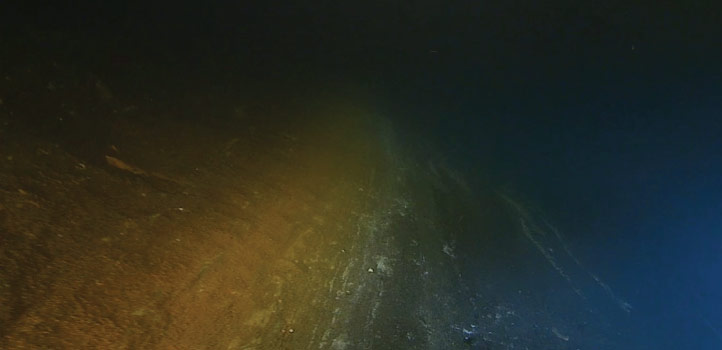
Bioscience
A lot happens and changes within a thin one-meter-thick transition layer between deep Red Sea water and an expansive underlying brine lake.

Bioscience
Combining expertise has shed new light on how cells self-destruct during microbial infection.
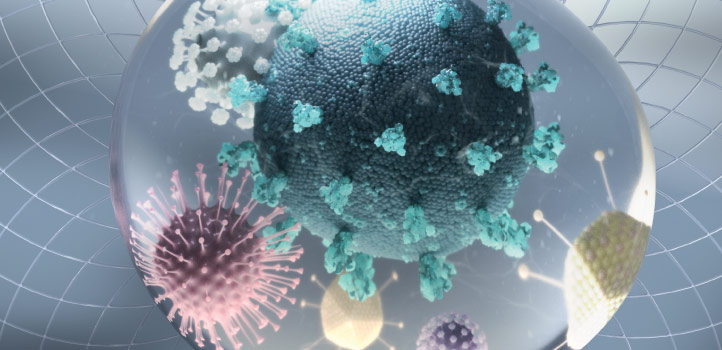
Bioscience
New method can simultaneously diagnose cases, track variants and detect co-infections.
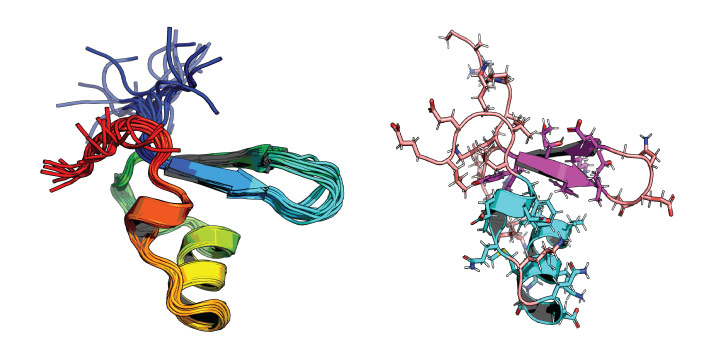
Bioscience
Researchers show how bacteria have adapted a sensing mechanism that allows them to live in different environments.
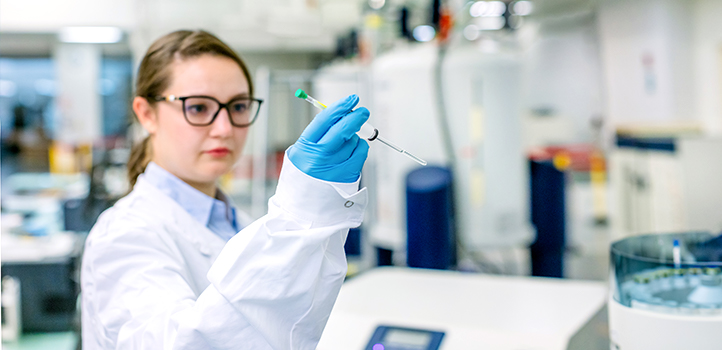
Bioscience
A mutational change of an enzyme’s dynamics increases its activity on a chromatin histone, ultimately causing a common lung cancer.

Bioscience
A low-cost diagnostic tool can detect a range of viruses without the need for expensive materials or facilities.
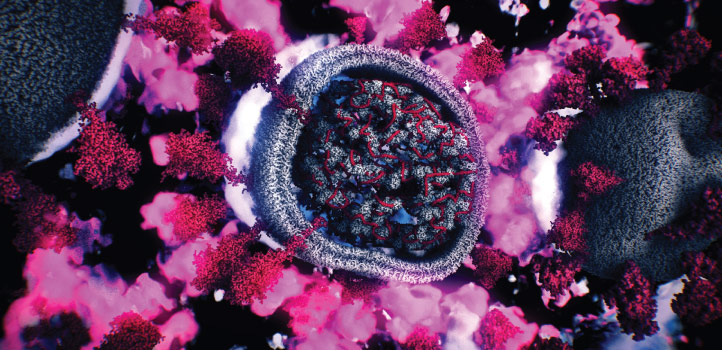
Bioscience
An interactive platform helps users visualize where SARS-CoV-2 mutations start, how wide they spread and how infectious they are.
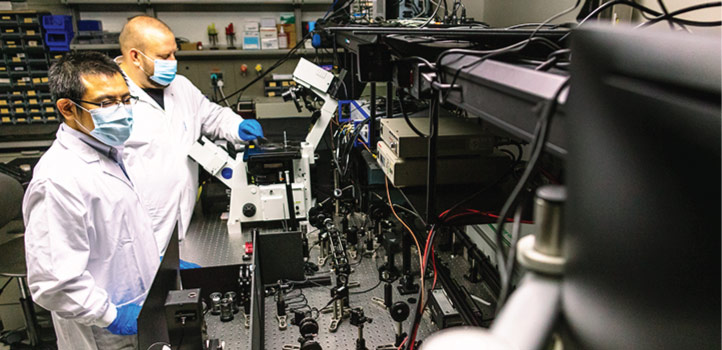
Bioscience
Tiny light-emitting probes give researchers a better option for noninvasive imaging of living tissue.
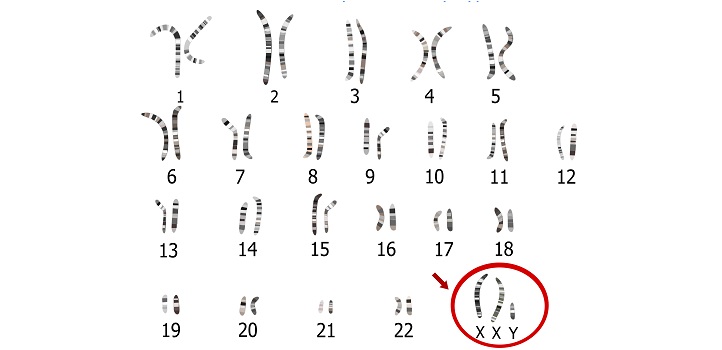
Bioscience
A database of newly generated stem cell lines could provide the key to understanding the genetic factors that drive Klinefelter syndrome and related diseases.
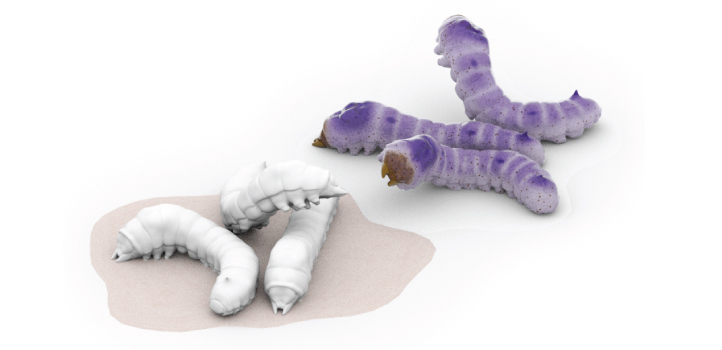
Bioscience
Stem cell trafficking to the bone marrow is improved by an enzyme manufactured in silkworms and yeast.
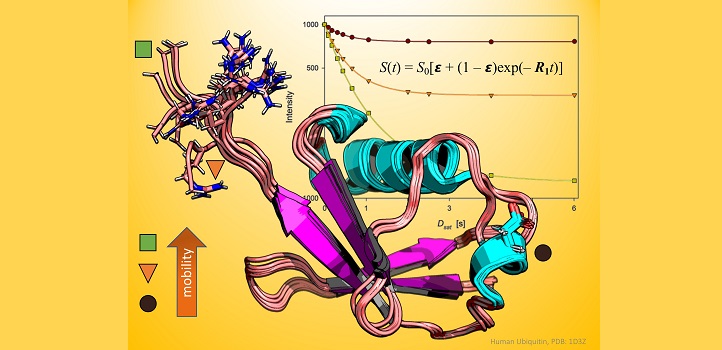
Bioscience
A decades-old technique for probing protein motions proves more accurate than current practices.
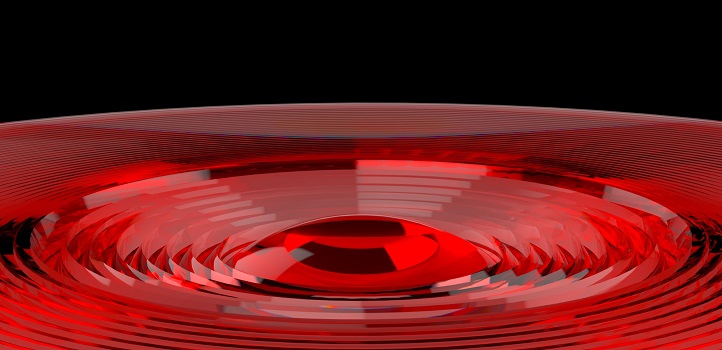
Bioscience
Custom-fabricated lenses make it easy to attach high-tech microscopes directly to cell incubators.
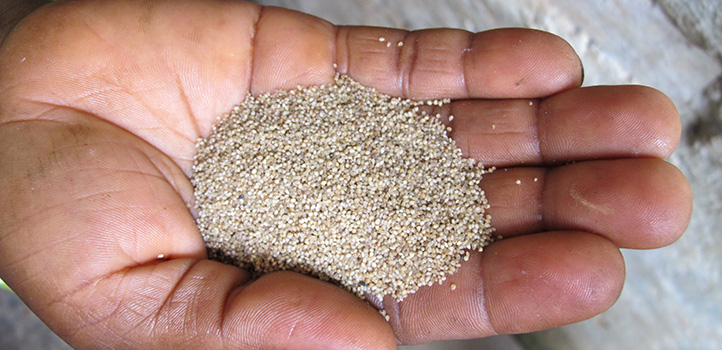
Bioscience
A nutritious millet crop grown mainly in West Africa could be genetically improved for large-scale agriculture in Saudi Arabia.
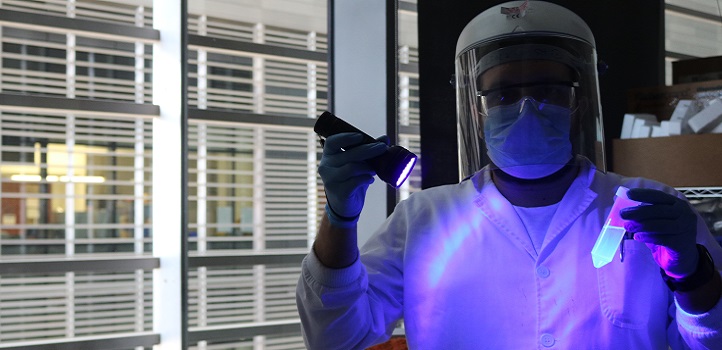
Bioscience
A method that lights up tags attached to selected proteins can help to purify the proteins from a mixed protein pool.
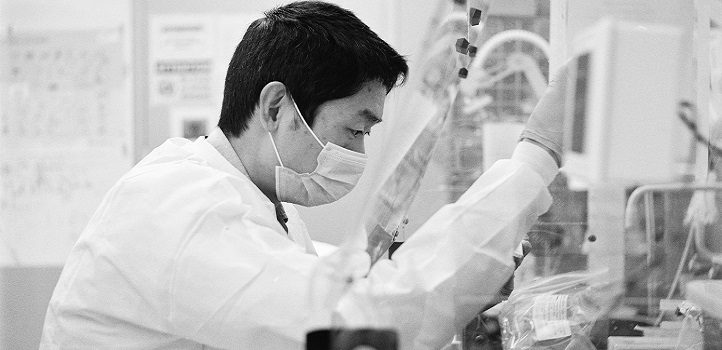
Bioscience
A sequencing approach can home in on a rare mutation within a large number of cells, revealing implications for CRISPR genome editing and early cancer detection.

Bioscience
A likeness between genes of the SARS and COVID-19 viruses could inform research into potential treatments.
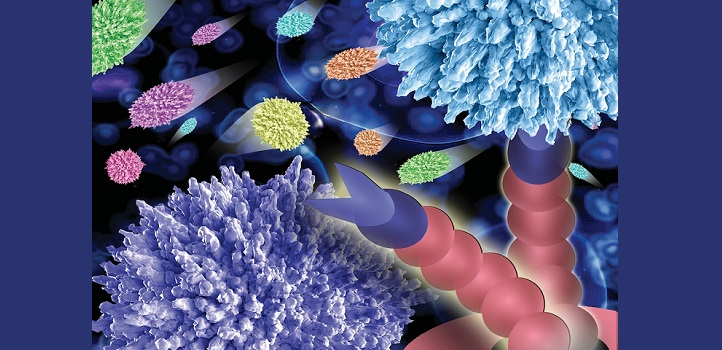
Bioscience
An assay for imaging the physical interactions between multiple cell populations could help cancer research and treatment assessment.
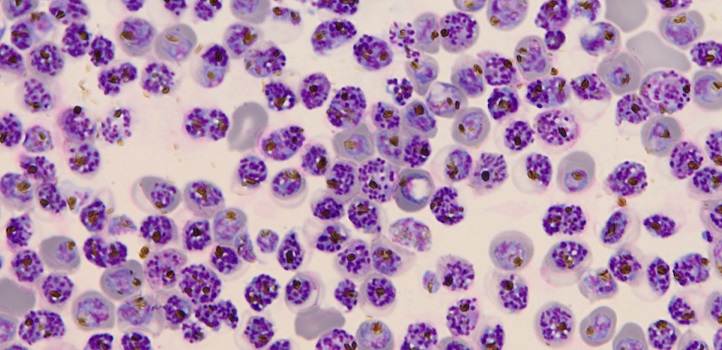
Bioscience
Discovery of a malaria parasite’s internal clock could lead to new treatment strategies
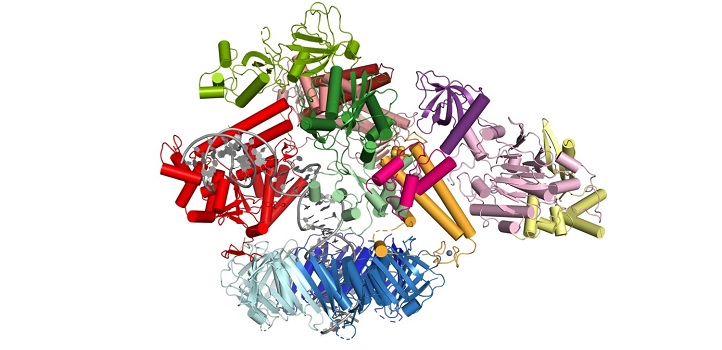
Bioscience
Structural details of an enzyme complex shed light on DNA replication.
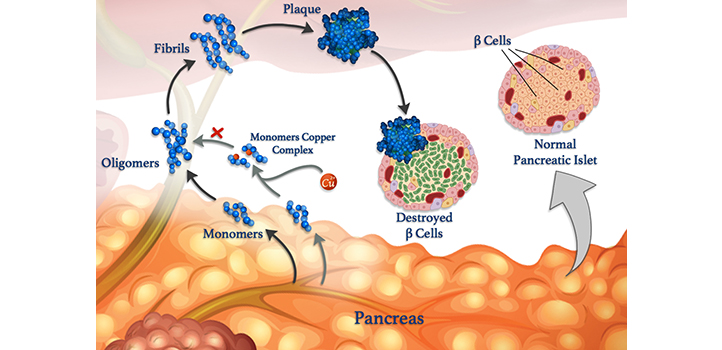
Bioscience
Copper ions could play a key role when peptide folding goes wrong and leads to harmful aggregates.

Bioscience
The conversion of skin cells into brain cells relies on proper insertion of L1 elements.
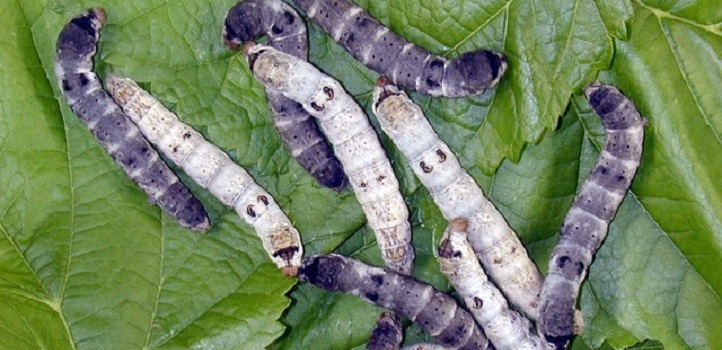
Bioscience
E-selectin is grown in silkworms for the first time, revealing new aspects of its binding dynamics.
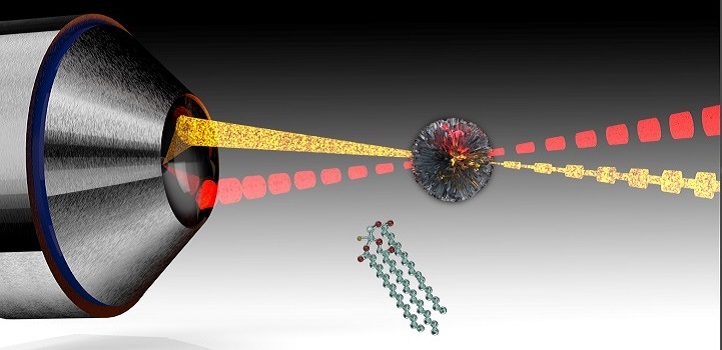
Bioscience
Laser-based microscopes can tune into multiple biomolecular signatures found in cancer cells.
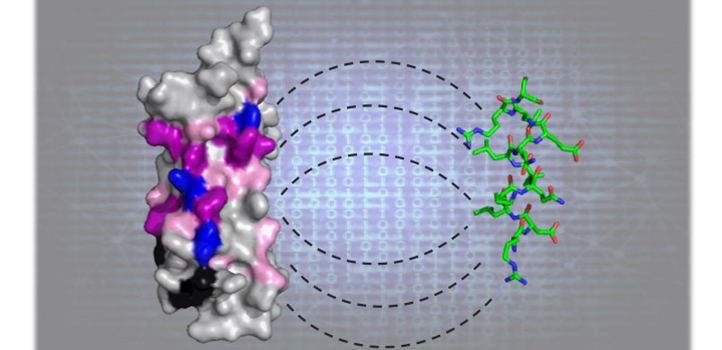
Bioscience
A machine learning method has identified highly elusive amino acid sequences involved in cell morphogenesis and adhesion and in diseases like cancer.
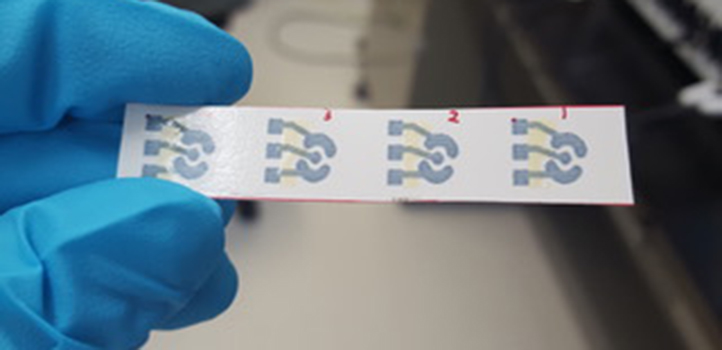
Bioscience
What do an electrical engineer, an organic chemist, a materials scientist and a cell biologist all have in common? They invent and improve applications at the interface of biology and electronics.
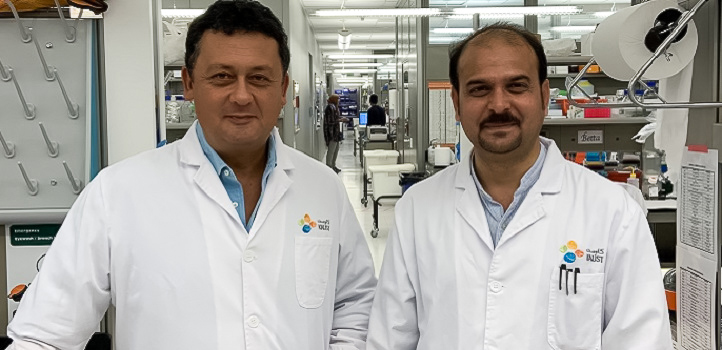
Bioscience
A protein, with a name reminiscent of legendary Greek sailors, has an unexpected role inside the human nucleus.
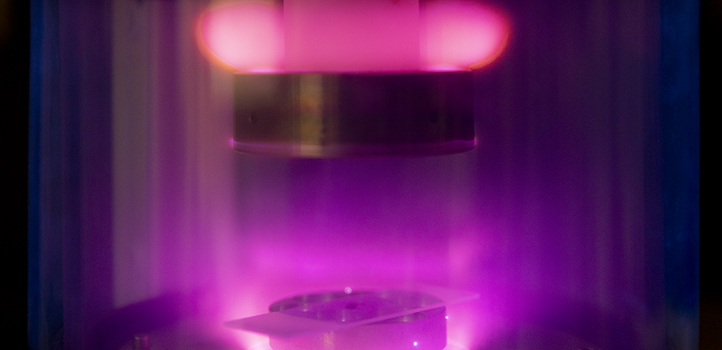
Bioscience
Protein-folded DNA nanostructures offer a new building material for biotechnology.
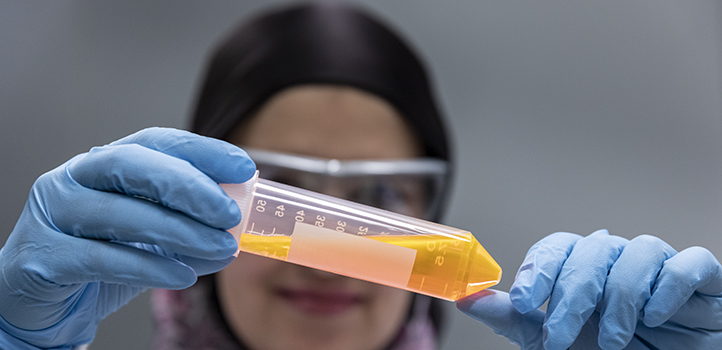
Bioscience
New experimental insights allow researchers to probe protein-DNA interactions with greater precision.
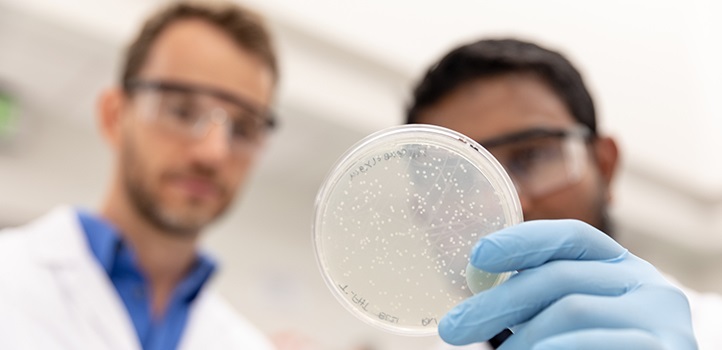
Bioscience
Protein found in gut-dwelling pathogens changes shape under human body temperatures, leading to toxins responsible for diarrheal disease.